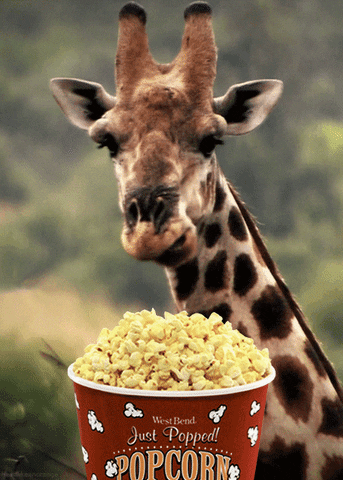
Miss. Pond's
Reading Designs
Emergent Literacy Design
Building popcorn puzzles with P.
-
Rationale: This lesson will help children identify /p/, the phoneme represented by P.
-
Students will learn to recognize /p/ in spoken word by learning a sound analogy that /p/ makes your lip pop like popcorn. They will practice using /p/ in words by saying them, practicing phonetic cue reading and practice recognizing it by listening to words I will say.
-
-
Materials: primary paper and pencil; chart with tongue tickler, drawing paper and crayons, word cards, assessment worksheet identifying words with /p/
-
Procedures:
-
Say: Our written language is a secret code. The tricky part is learning what letters stand for—the mouth moves we make as we say words. Today we're going to work on spotting the mouth move /p/. We spell /p/ with letter P. P looks like it goes up, then pops at the top, and /p/ sounds like popping popcorn
-
Let's pretend like were popping popcorn /p/ /p/ /p/. [Pantomime popcorn popping] Notice how your lips are? (Touching lower lip). When we say /p/, our lips pop together to make that sound.
-
Let me show you how to find /p/ in the word ape. I'm going to stretch ape out in super slow motion and listen for my pop aa-ppp-ee. Slower: aaa-ppppppp-ee There it was! I felt my lips pop. Popping /p/ is in ape.
-
Let's try a tongue tickler [on chart]. Peneolope is a little girl. She is going to a fancy dinner party. Her favorite gem is a pearl. She needs to pick a pin to wear to her party! Here’s our tickler: "Penelope picked pretty pearl pins." Everybody say it three times together. Now say it again, and this time, stretch the /p/ at the beginning of the words. "pppppenopppe pppppicked ppppretty ppppearl ppppins." Try it again, and this time break it off the word: "/p/ nelope /p/ icked /p/ retty /p/ earl /p/ ins.
-
[Have students take out primary paper and pencil]. We use letter P to spell /p/. Capital P looks like pops up from the ground and loops around at the top. Let's write the lowercase letter p. Start at the fence. Draw the line all the way down past the bottom line. Let it bounce back up and follow the line to the top. Loop it around like a circle and connect it back. I want to see everybody's p. After I put a smile on it, I want you to make nine more just like it.
-
Call on students to answer and tell how they knew: Do you hear /p/ in pan or jab? float or prop? up or down? pack or left? bend or pair? Say: Let's see if you can spot the mouth move /p/ in some words Show me your pop if you hear /p/: new, pot, palm, fly, party, right, zip.
-
Say: "Lets think of a story! I told a story once about a purple penguin that was popping popcorn!" Ask children if they can think of other words with /p/. Ask them to make up a silly creature name like peppy-poppy-princess, or philly-party-pig. Then have each student write their silly name with invented spelling and draw a picture of their silly creature. Display their work.
-
Show POT and model how to decide if it is pot or dog: The P tells me its popping, /p/ so this word is ppp-oy, pot. You try some: PIT: mit or pit? JUMP: jump or lump? PORK: fork or pork?
-
Read the story Polly & the Pumpkin
-
For assessment, distribute the worksheet. Students color the pictures that begin with P. Call students individually to read the phonetic cue words from step #8.
Click here for communications index.
